Self-Driving Cars: Maryland Accident Prevention?
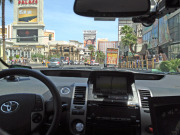 We’ve all heard about Google’s research into self-driving cars. Now the National Highway Traffic Safety Administration (NHTSA) is getting into the mix, believing that 80% of automobile accidents can be prevented if vehicles are given the ability to communicate with each other (see article, Detroit Free Press).
We’ve all heard about Google’s research into self-driving cars. Now the National Highway Traffic Safety Administration (NHTSA) is getting into the mix, believing that 80% of automobile accidents can be prevented if vehicles are given the ability to communicate with each other (see article, Detroit Free Press).
This “vehicle-to-vehicle” communication and related technologies can be used to implement crash-warning systems, and lane departure alerts. According to the NHTSA’s Administrator:
Our research shows that these technologies could help prevent a majority of the collisions that typically occur in the real world, such as rear-end collisions, intersection crashes, or collisions while switching lanes.
 Maryland Car Accident Lawyer Blog
Maryland Car Accident Lawyer Blog


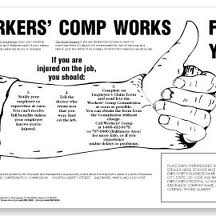 If you are injured while seeking medical treatment that is required in order for you to go back to work, when the original injury was a Maryland workers’ comp injury, is the second injury a workers’ compensation claim, as well?
If you are injured while seeking medical treatment that is required in order for you to go back to work, when the original injury was a Maryland workers’ comp injury, is the second injury a workers’ compensation claim, as well?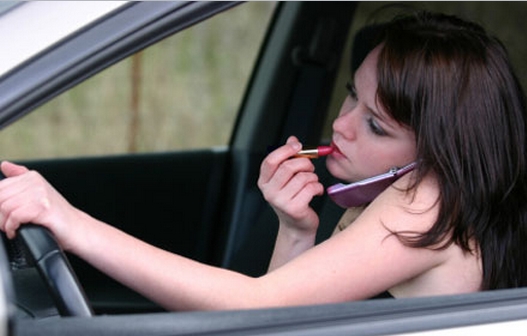 U.S. Secretary Ray LaHood is continuing his crusade against cell phones and upping the ante, proposing a nationwide ban talking, texting and e-mailing while driving. His latest forum (see the
U.S. Secretary Ray LaHood is continuing his crusade against cell phones and upping the ante, proposing a nationwide ban talking, texting and e-mailing while driving. His latest forum (see the 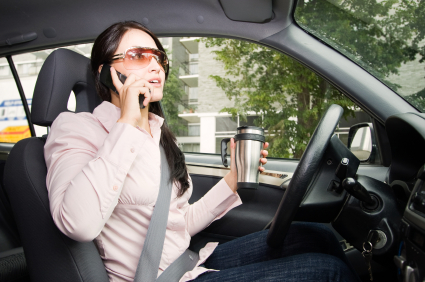 California has a new law on cell phones. There, hand-held cell phone use was banned for drivers in July, 2008. According to data kept by the University of California, Berkeley, overall traffic deaths decreased by 22%, and hand-held driver cell-phone related deaths went down by 47%.
California has a new law on cell phones. There, hand-held cell phone use was banned for drivers in July, 2008. According to data kept by the University of California, Berkeley, overall traffic deaths decreased by 22%, and hand-held driver cell-phone related deaths went down by 47%. 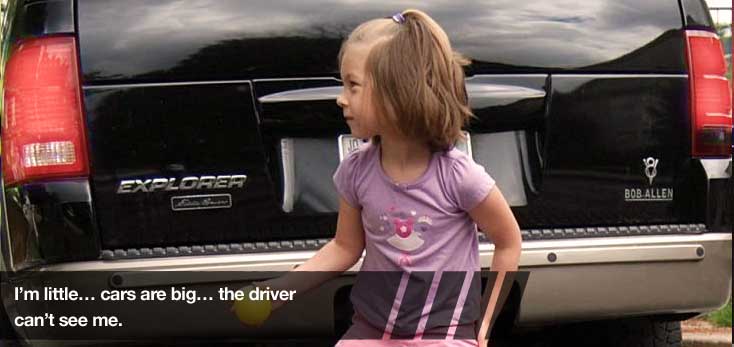 I am fortunate that I’ve never had to litigate a case involving a driver who backed up into a child or a person. Statistically, about 16,000 of these accidents happen every year, with about 300 deaths. The drivers are most often (70%) the parents or family members of children who are injured.
I am fortunate that I’ve never had to litigate a case involving a driver who backed up into a child or a person. Statistically, about 16,000 of these accidents happen every year, with about 300 deaths. The drivers are most often (70%) the parents or family members of children who are injured.  As of January 3, interstate truck and bus drivers (those driving between states) are forbidden from using hand-held cell phones while operating their trucks. The enforcement angle isn’t as strong as it could be–drivers violating the rule are fined up to $2,750 per offense, and their truck-driving privileges can be revoked for multiple offenses. Employers may be fined up to $11,000. If we were really serious about this, there shouldn’t be a warning period. One strike and you’re out.
As of January 3, interstate truck and bus drivers (those driving between states) are forbidden from using hand-held cell phones while operating their trucks. The enforcement angle isn’t as strong as it could be–drivers violating the rule are fined up to $2,750 per offense, and their truck-driving privileges can be revoked for multiple offenses. Employers may be fined up to $11,000. If we were really serious about this, there shouldn’t be a warning period. One strike and you’re out.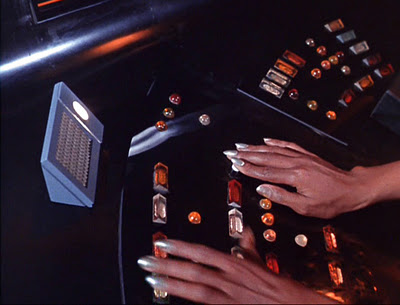 In light of all the concern about distracted driving being the new drunken driving (as if it were something fashionable, like “40 is the new 30”), we’ve been hit on both sides. On one hand, the government is proposing to take away our cellphones while we are in the car–this includes stop lights, this includes hands-free devices like bluetooth. On the other hand, we have emerging technologies becoming standard on new cars that have their own hands-free devices that automatically connect with our cell phones.
In light of all the concern about distracted driving being the new drunken driving (as if it were something fashionable, like “40 is the new 30”), we’ve been hit on both sides. On one hand, the government is proposing to take away our cellphones while we are in the car–this includes stop lights, this includes hands-free devices like bluetooth. On the other hand, we have emerging technologies becoming standard on new cars that have their own hands-free devices that automatically connect with our cell phones.